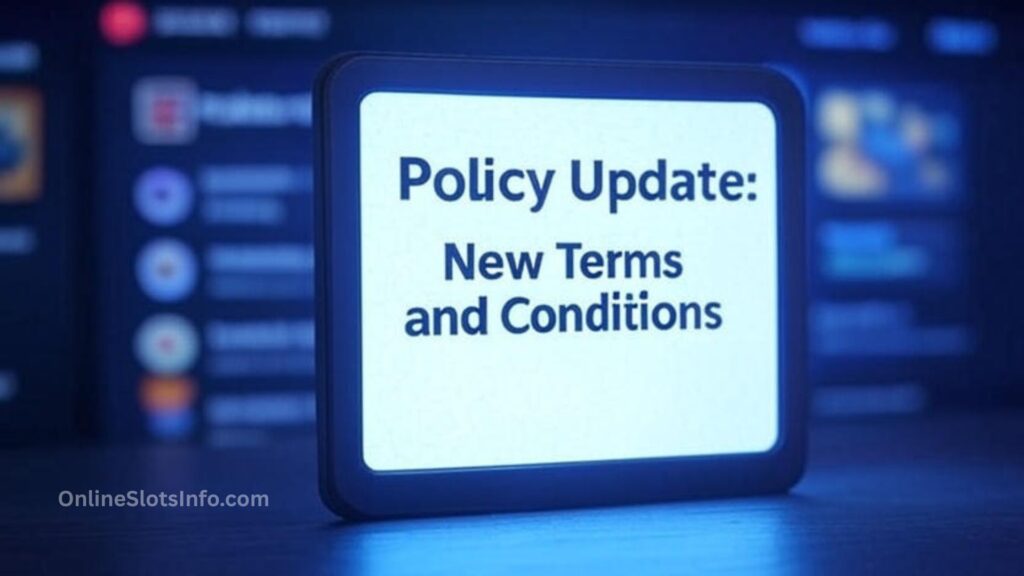
How Are Game Providers Responding to Regulation Changes?
India’s online gaming industry is going through a big shift. Recent regulatory updates—from MeitY (Ministry of Electronics and Information Technology), Google, and new TDS (Tax Deducted at Source) rules—have brought in a mix of challenges and confusion. These changes are making it harder for gaming platforms to keep users, verify their identities, and deal with growing fraud risks.
In this blog, let’s break down how these new rules are affecting gaming companies—and what can be done to adapt and move forward.
What’s Changing, and Why It Matters
The rules around online gaming have changed a lot lately, but many of them lack clear instructions. That’s left gaming companies struggling to figure out how to stay compliant.

One major issue? Customer drop-offs. Users are leaving apps even before signing up. Google’s new rule requiring mandatory KYC (Know Your Customer) checks has made things worse—adding an extra 4–5% drop in new user signups. This is even more noticeable during non-IPL seasons when interest is already low.
To fix this, companies are hoping MeitY will introduce a standard KYC process. That way, all platforms can follow the same rules, making things easier for users and fairer for businesses.
TDS Rules Are Scaring Away Casual Gamers
Another major change is the 30% tax on net winnings during withdrawals. While this affects serious players too, it hits casual gamers the hardest. Many don’t want to deal with taxes or don’t even know they owe them. The result? Fewer players, less money spent, and slower growth for the gaming industry.

Also Read: What’s the Difference Between Cashback and Reload Bonuses?
KYC Confusion Is Hurting the Industry
KYC verification is meant to prevent fraud—but without a clear standard, it’s becoming a headache. Some platforms use strict KYC methods, while others are more relaxed. That puts stricter companies at a disadvantage and encourages users to go where onboarding is easier, even if it’s less secure.

This especially hurts smaller startups, which may not have the time or money to research and implement complex KYC solutions. Younger users, like sports fans, often find the process too much of a hassle—leading to even more drop-offs.
Another common issue is with the documents required. While Aadhaar is preferred, some users only have other IDs like driver’s licenses or voter IDs. Add MeitY’s rule requiring Proof of Address (POA), and things get even more confusing.
How KYC Affects User Experience
During big events like the IPL or World Cup, gaming apps see a flood of new users. But if the KYC system is slow, buggy, or asks for too much, people give up and go elsewhere.
Problems like:
- Delayed OTPs during Aadhaar verification
- System downtime
- Mismatched names on PAN and Aadhaar cards
- Old or unreadable driver’s licenses
…all add friction and force manual reviews, which are slow and costly. This increases drop-offs and hurts the user experience.

Also Read: What’s the Impact of Cryptocurrency on Online Gambling?
Fraud Is on the Rise—and It’s Evolving
Fraud in gaming isn’t just about stolen IDs or fake accounts anymore. It includes tricks like:

- Multi-accounting
- Chip dumping
- Collusion
- Using promo codes to withdraw free money
- Chargebacks
Some users even wait for early morning hours to commit fraud, and surprisingly, even previously trusted accounts can turn suspicious. Clearly, fraud is complex and constantly changing.
Manual fraud checks won’t cut it anymore. AI and machine learning tools are now necessary to spot suspicious patterns and stop fraud before it causes damage.
Smart Solutions and What Gaming Companies Can Do
To stay competitive while staying compliant, gaming platforms should consider the following strategies:

✅ Improve the KYC Process
- Use high-accuracy KYC solutions to reduce the need for manual checks.
- Offer multiple document options (PAN, Aadhaar, DL, voter ID) for flexibility.
- Let users switch between methods if one fails (e.g., Aadhaar OTP delays).
✅ Treat KYC as an Ongoing Process
- Create a clear roadmap for collecting and updating KYC information regularly.
- Encourage users to verify by explaining the benefits and offering a smoother experience.
- Tailor KYC complexity based on game type and expected customer value (e.g., casual vs. poker players).
✅ Explore Industry-Wide Tools
- Consider a shared system where companies can access KYC data (like a “KYC record upload”).
- This helps users verify once and use multiple platforms without repeating the process.
- It also helps flag blacklisted or high-risk users, preventing fraud across platforms.
✅ Use Tech to Detect and Stop Fraud
- Segment users based on withdrawal patterns and risk profiles.
- Match names from PAN and Aadhaar to prevent identity fraud.
- Track suspicious behavior using device history, IP address, and in-game activity.
- Use AI-powered fraud alert systems (red/yellow/green tagging).
- Keep separate “ledgers” for real money vs. bonuses/freebies to stop misuse.
- Consider adding face-matching or passive liveness checks for added security.
✅ Test Before Going Live
- Run KYC and fraud systems on a small user segment first to spot issues early.
- Make necessary tweaks before rolling them out on a larger scale.

Also Read: What Are the Top-Rated Mobile Casinos in 2025?
Final Thoughts
The online gaming space in India is evolving quickly. While new rules bring challenges, they also offer an opportunity to build a stronger, safer ecosystem. Gaming companies that stay flexible, invest in the right tech, and focus on user trust will be best positioned to grow—despite the changing regulatory winds.
Would you like this turned into a blog or broken into sections for a website or whitepaper?







